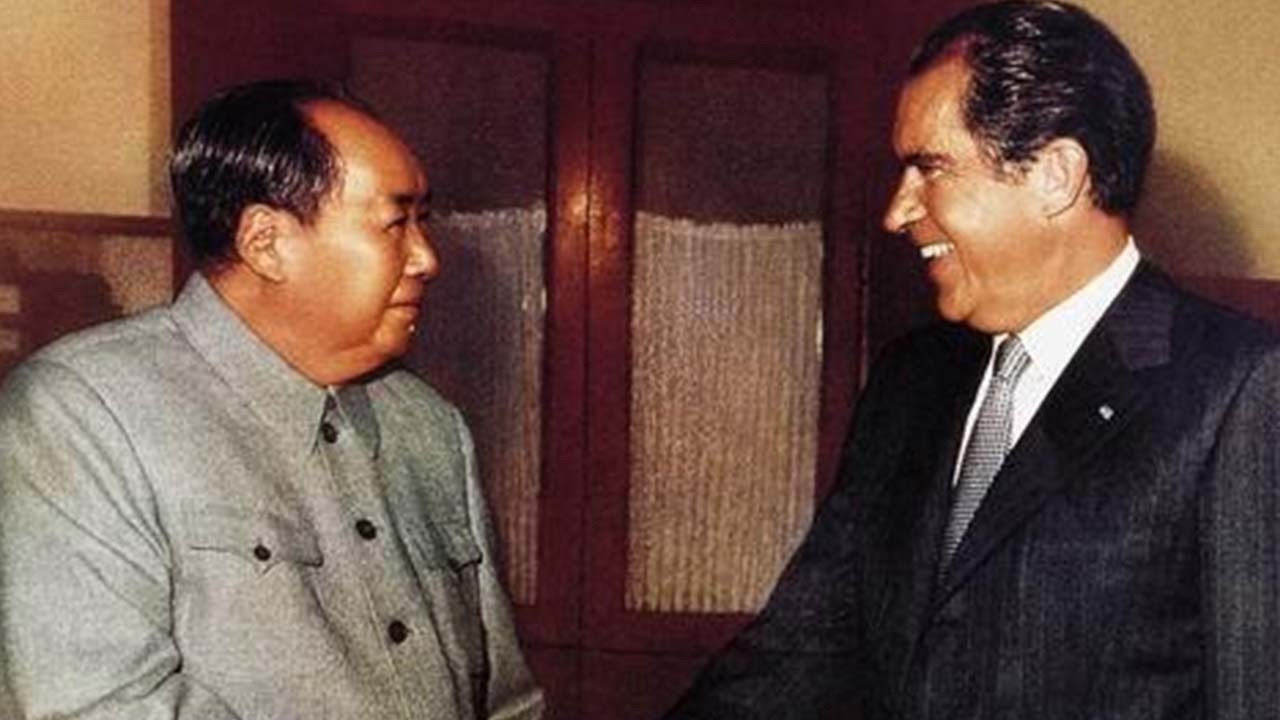

Jul
Words cannot begin to describe how important the difference between “getting” and “not getting” China is for an investor or potential investor. The difference between a superficial headline-based perspective on China which revolves around “facts” that are either incorrect or dated and a perspective based on a meaningful understanding of China’s past and present.
And, speaking of the past, there’s no way to truly wrap yourself around many of today’s issues without understanding how China got here in the first place and Cold War dynamics play a crucial role. As complex and intricate various aspects related to the Cold War have been, understanding it from China’s perspective primarily revolves around analyzing the two main personalities associated with China’s Cold War trajectory:
- Mao Zedong or, if you will, the “face” of China during the roughly first half of the Cold War, a China which took great pride in its highly ideology-oriented approach. After Stalin’s death, Mao Zedong even criticizes his successor (Nikita Khrushchev) for being too pragmatic and not rising to the level his ideology dictates.
Despite implementing policies which were highly ideology-driven, Mao Zedong himself actually considered China a third-world nation (rather than caving in to the temptation of considering his country stronger than it actually was, like other contemporary leaders) and was arguably trying to geopolitically “brand” China as the leader of the third world. However, despite his pragmatic rather than grandiose view as to the current position of China globally-speaking, his recipes to emerge from that situation victorious proved to be disastrous.
The two most notable examples to that effect are the Great Leap Forward of 1958 (which resulted in the famine with the highest number of casualties in the history of mankind) and the Cultural Revolution of 1966 (an “out with the old, in with the new” movement which resulted in gross misallocation of human capital), two initiatives with which too much emphasis was placed on ideology and too little on practicality. As such, China’s position during the let’s call it first half of the Cold War was that of a nation too large to be ignored but too economically insignificant to brand itself as a leader, even a regional one. Still, toward the end of Mao Zedong’s life, China did become a key player in the “US vs. USSR” dynamic and, as illustrated by Richard Nixon’s 1972 Beijing visit, actually did what used to be considered the unthinkable: became willing to move, even if timidly, toward the US - Deng Xiaoping however, with his “it doesn’t matter if a cat is black or white, as long as it catches mice” trademark-worthy pragmatic thinking, was able to take things to the next level, first economically and then politically. Through his famous Four Modernizations, he set China on a remarkably different course, by embracing many market economy elements but still maintaining the firm grip of the Communist Party of China on the nation. Socialism with Chinese characteristics, as it tends to be called.
As time passed, Deng Xiaoping’s reforms when it came to agriculture, industry, technology and defense started kicking in and China went from being a nation where 90% of the population lived below the World Bank-defined poverty rate prior to 1978 and with agriculture accounting for roughly 50% of its GDP to a country where 10%+ YOY GDP growth was the norm. The so-called Chinese miracle started manifesting itself.
In line with its impressive economic growth, China also became a more important player in the political dimension of the Cold War, by leveraging its key importance when it came to the relationship between the US and USSR on the one hand and beginning to manifest itself as a regional leader on the other
As the Cold War ended, with the USSR collapsing under its own weight, Deng Xiaoping’s ideological flexibility ironically contributed to China becoming the largest representative of the Marxist-Leninist ideology. To this day, China is still ruled by the Communist Party of China but, as mentioned frequently here on ChinaFund.com, it is highly debatable how many core pillars of Marxism-Leninism can still be considered intact.
Regardless of what one may or may not think about China’s current political ideology, it is abundantly clear that the Cold War was the period in which China re-defined itself and managed to find a way to find a balance between remaining in the sphere of Marxism-Leninism but embracing capitalism when it comes to many dimensions of its economic life.
What the future has in store for China (or any other country, for that matter) remains to be seen. At the end of the day, while understanding the past does not enable us to predict the future (something human beings tend to be remarkably bad at), it does help us understand the manner in which events unfold and not only adapt but actually profit from the various new trends that emerge.
